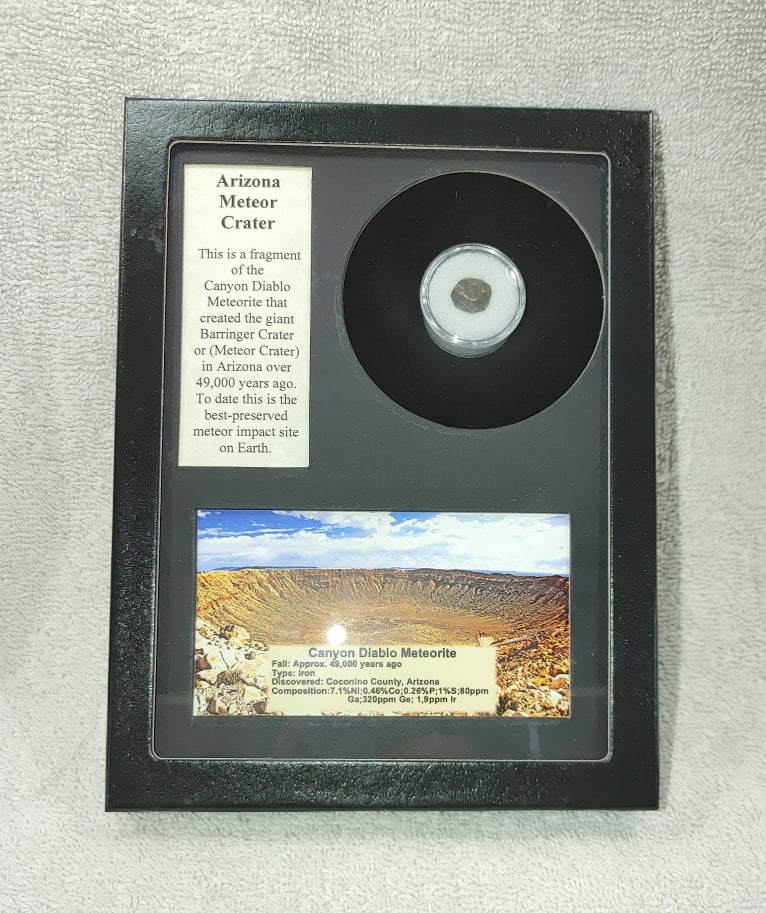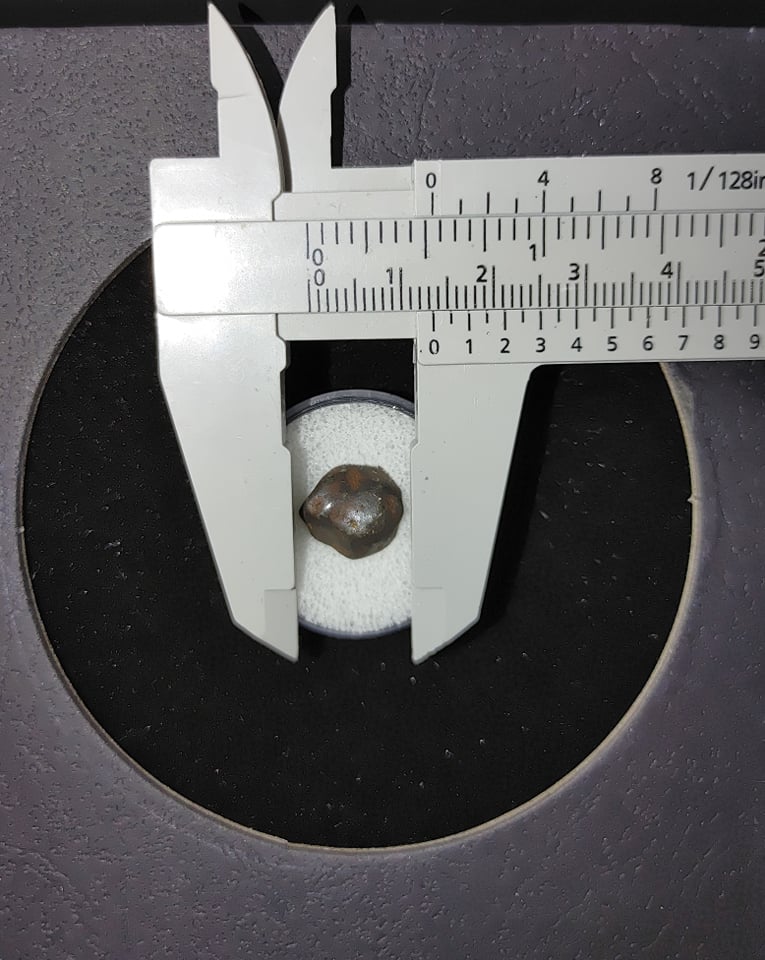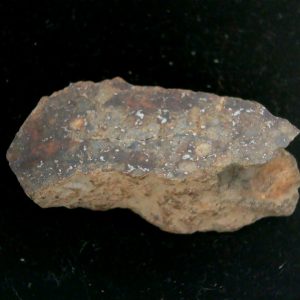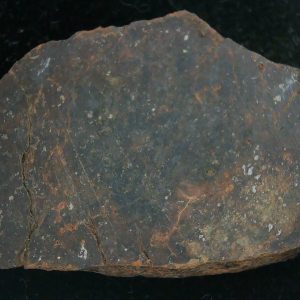Description
- Canyon Diablo Meteorite
- Specimen will come in the 6.25″ x 8.25″ Riker Mount as Shown. Meteorite is housed in the 1.25″ Gem Jar inside of the Riker Mount.
Meteor Crater is a meteorite impact crater approximately 37 miles (60 km) east of Flagstaff and 18 miles (29 km) west of Winslow in the northern Arizona desert of the United States. Because the United States Board on Geographic Names commonly recognizes names of natural features derived from the nearest post office, the feature acquired the name of “Meteor Crater” from the nearby post office named Meteor. The site was formerly known as the Canyon Diablo Crater (“Canyon Diablo” meaning “Devil Canyon” in Spanish) and fragments of the meteorite are officially called the Canyon Diablo Meteorite. Scientists refer to the crater as Barringer Crater in honor of Daniel Barringer, who was first to suggest that it was produced by meteorite impact. The crater is privately owned by the Barringer family through their Barringer Crater Company, which proclaims it to be the “best preserved meteorite crater on Earth”. Despite its importance as a geological site, the crater is not protected as a national monument, a status that would require federal ownership. It was designated a National Natural Landmark in November 1967.
The crater was created about 50,000 years ago during the Pleistocene epoch, when the local climate on the Colorado Plateau was much cooler and damper. The area was an open grassland dotted with woodlands inhabited by mammoths and giant ground sloths.
The object that excavated the crater was a nickel-iron meteorite about 160 feet (50 meters) across. The speed of the impact has been a subject of some debate. Modeling initially suggested that the meteorite struck at up to 45,000 mph (20 km/s) but more recent research suggests the impact was substantially slower, at 29,000 mph (12.8 km/s). It is believed that about half of the impactor’s bulk was vaporized during its descent through the atmosphere. Impact energy has been estimated at about 10 megatons. The meteorite was mostly vaporized upon impact, leaving few remains in the crater.






